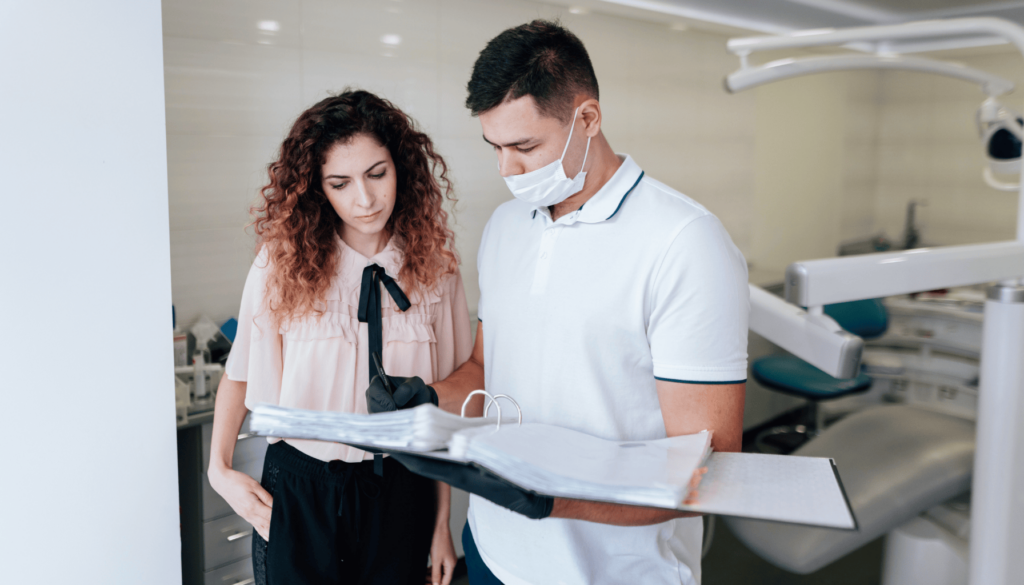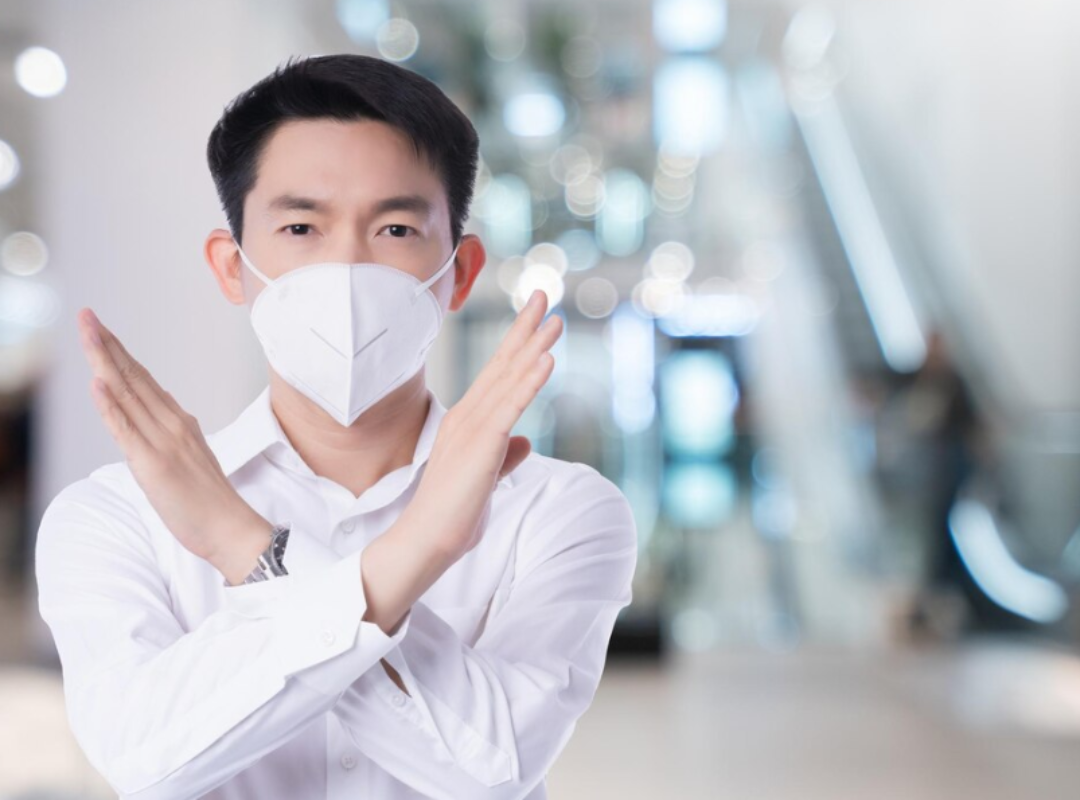The landscape of medical supplies Asia is vast and dynamic, offering a wide range of products to meet diverse healthcare needs. However, before purchasing or importing these supplies, it’s crucial to understand the regulations governing this market. Navigating the complex regulatory frameworks across Asia can be challenging, especially for first-time buyers or businesses expanding into new territories.
In this article, we’ll explore the critical regulations you must know about medical supplies Asia, ensuring compliance, quality assurance, and smooth transactions. Understanding these regulations is not only essential for legal compliance but also for protecting the health and safety of patients.
Why Regulations Matter in the Medical Supplies Industry
The healthcare sector operates on stringent standards to ensure the safety, efficacy, and reliability of medical products. In the context of medical supplies Asia, these regulations are particularly important given the diverse range of suppliers, manufacturers, and markets across the continent.
Non-compliance can result in:
- Legal penalties: Fines, confiscation of products, or even business suspension.
- Product recalls: Financial and reputational loss due to faulty or non-compliant products.
- Health risks: Substandard or counterfeit medical supplies can endanger lives.
1. Certification Requirements for Medical Supplies in Asia
Certifications play a key role in ensuring that medical supplies meet regulatory standards. In Asia, several certification systems are widely recognized, both locally and internationally.
Key certifications to look for:
- CE Mark: Indicates conformity with European health, safety, and environmental protection standards, often recognized in Asian markets.
- ISO Standards: ISO 13485 is particularly relevant for the manufacturing of medical devices and supplies.
- FDA Approval: U.S. Food and Drug Administration (FDA) approval is a global benchmark for quality and safety.
When buying medical supplies Asia, ensure the products carry these certifications to guarantee compliance with quality standards.
2. Country-Specific Regulatory Frameworks

Each country in Asia has its own regulatory framework for medical supplies, which can vary significantly. Here are examples of regulations in key markets:
China
- Medical devices are regulated by the National Medical Products Administration (NMPA).
- All imported medical supplies must pass stringent quality checks and be registered with the NMPA.
India
- The Central Drugs Standard Control Organization (CDSCO) oversees medical supplies and devices.
- Medical supplies classified as “notified devices” must be registered, and specific labeling rules apply.
Japan
- Japan enforces strict regulations under the Pharmaceutical and Medical Device Act (PMDA).
- High-quality standards and local testing requirements make compliance essential.
Southeast Asia
- Countries like Singapore and Malaysia follow the ASEAN Medical Device Directive (AMDD) for harmonized regulations within the region.
- Importers should verify whether medical supplies meet AMDD standards.
Tip: Consult local regulatory agencies or compliance experts when navigating the requirements of medical supplies Asia.
3. Import and Export Regulations
The import and export of medical supplies in Asia involve numerous rules to ensure the safe transit of products across borders.
Import requirements:
- Customs clearance: Each shipment must be accompanied by proper documentation, including invoices, certificates, and product descriptions.
- Tariffs and taxes: Be aware of import duties and taxes applicable in the destination country.
Export considerations:
- Export licenses: Some countries require special permits to export certain categories of medical supplies.
- Destination regulations: Ensure the products meet the regulatory standards of the importing country.
4. Counterfeit Medical Supplies in Asia

One of the significant challenges in the medical supplies Asia market is the proliferation of counterfeit products. Substandard medical supplies can jeopardize patient safety and tarnish your organization’s reputation.
How to avoid counterfeit products:
- Verify suppliers: Work only with reputable suppliers and manufacturers with proven track records.
- Check certifications: Ensure all products come with authentic certificates of compliance.
- Request third-party testing: Independent testing can confirm the quality and safety of products.
Counterfeit prevention measures are vital to maintaining trust and compliance in the medical supplies Asia market.
5. Labeling and Documentation Standards
Proper labeling and documentation are mandatory for all medical supplies sold or distributed in Asia. These standards ensure that end-users receive clear and accurate information about the products.
Key labeling requirements:
- Product details: Name, batch number, expiration date, and usage instructions must be clearly printed.
- Manufacturer information: Include the name, address, and contact details of the manufacturer.
- Language compliance: Labels must be in the local language of the market where the product is sold.
Documentation standards:
- Certificates of analysis or quality assurance.
- Regulatory approval certificates for import or sale.
- Detailed shipping documents for customs clearance.
6. Storage and Distribution Compliance
Storage and distribution play a crucial role in maintaining the quality of medical supplies Asia. Improper handling can lead to contamination or degradation of products.
Compliance guidelines:
- Temperature control: Follow specified storage conditions, particularly for temperature-sensitive supplies like vaccines and reagents.
- Traceability: Maintain a detailed log of the supply chain to track products from manufacturer to end-user.
- Packaging standards: Use tamper-proof and protective packaging to prevent damage during transit.
Adhering to these guidelines minimizes risks and ensures the reliability of your medical supplies in Asia.
7. Post-Market Surveillance

Once medical supplies reach the market, regulatory bodies in Asia often require post-market surveillance to monitor their performance and safety.
Post-market responsibilities:
- Adverse event reporting: Notify authorities about any adverse events or product failures.
- Regular audits: Some countries mandate periodic quality checks and audits.
- Product recalls: Have a clear plan for recalling defective products if necessary.
Post-market surveillance ensures that medical supplies Asia continue to meet safety and performance standards over time.
8. Partnering with Trusted Suppliers
Partnering with reputable suppliers is the key to navigating the complex regulatory environment of medical supplies Asia. Reliable suppliers are familiar with local regulations and can guide you through the compliance process.
How to choose a supplier:
- Look for established companies with strong industry credentials.
- Verify their certifications and compliance records.
- Seek recommendations from industry peers or regulatory consultants.
For trusted suppliers, visit Santé Maison to explore high-quality medical products that meet stringent regulatory standards.
Conclusion
Understanding the regulations governing medical supplies Asia is crucial for ensuring compliance, maintaining quality, and safeguarding patient safety. By familiarizing yourself with certification requirements, country-specific regulations, and import/export guidelines, you can successfully navigate this complex market.
Whether you’re sourcing for a hospital, clinic, or personal use, always prioritize safety and reliability. Partnering with trusted suppliers like Santé Maison can help you access certified products and streamline the compliance process.
Stay informed, stay compliant, and ensure that your journey into the medical supplies Asia market is smooth and successful.

